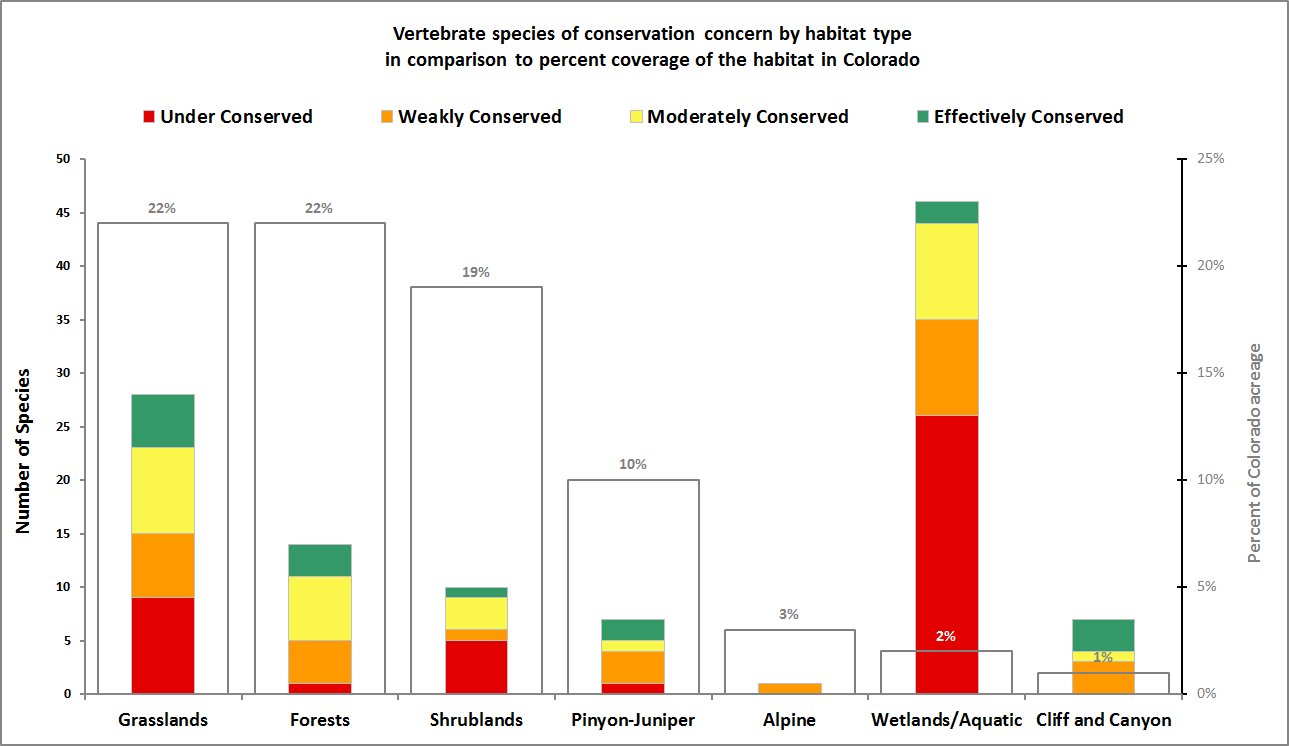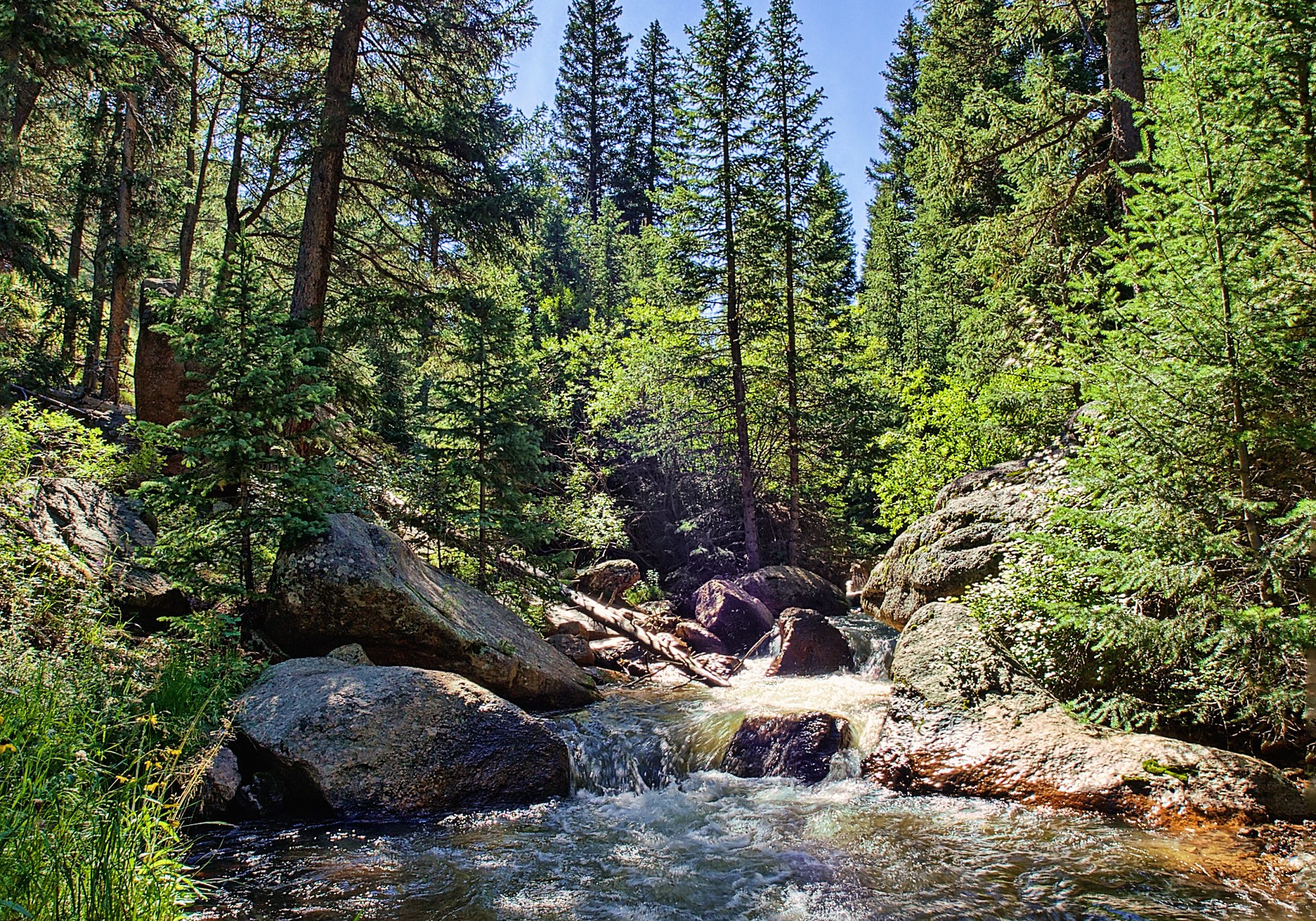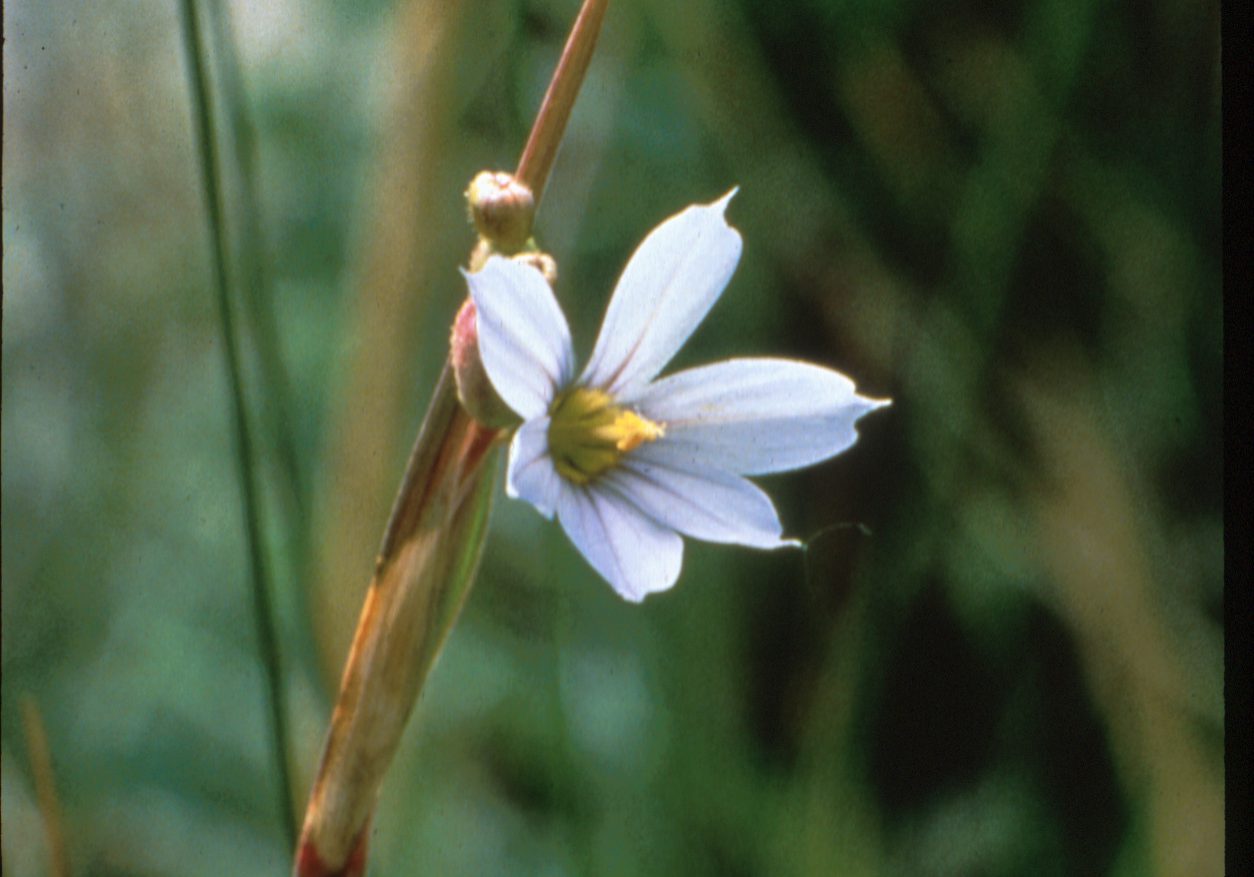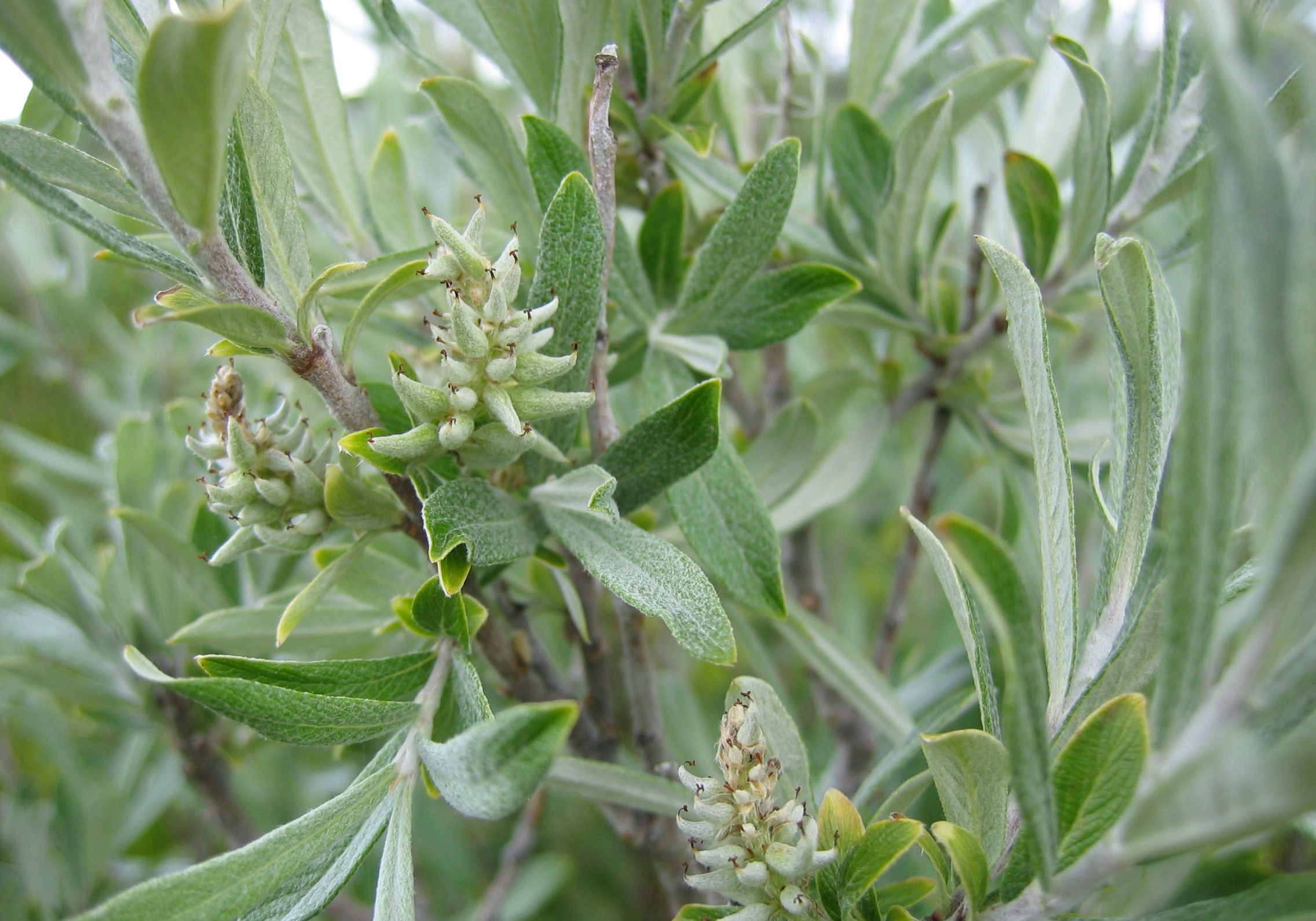Wetlands are critical for supporting Colorado’s high biodiversity. While wetlands and waterbodies occupy less than 3% of the landscape, over 40% of all vascular plant species in Colorado can occur in wetland habitats, including over 100 of our rare and vulnerable plant species. In addition, wetlands support up to 80% of all wildlife species at some point in their lives. According to CNHP's The State of Colorado’s Biodiversity report, wetlands host more at-risk wildlife species than any other habitat and many wetland-dependent wildlife species are under conserved and vulnerable to habitat loss and population decline.


Since 1992, CNHP has partnered with public, non-profit, and private entities to conduct surveys of critical biological resources for counties and/or watersheds. Many of these surveys have focused exclusively on wetland resources or combine wetlands with upland resources for a comprehensive assessment. The county surveys are a primary source of data on Colorado’s biologically significant plants, animals, and natural plant communities. The data collected through these surveys are housed in our Biodiversity Information Management System (Biotics) database, which contains tens of thousands of records throughout Colorado and allows CNHP to rank and track areas of high biodiversity significance. Land managers rely on CNHP's data to make informed decisions about the protection, conservation, and restoration of their natural resources. CNHP continues to build partnerships and seek funding for additional county surveys.



Wetlands of High Biodiversity Significance
Wetlands of high biodiversity significance found during a county survey are often described as Potential Conservation Areas (PCA). PCAs highlight areas in the state contributing to Colorado's biological diversity. Their boundaries encompass rare species and natural plant communities and PCA reports often contain valuable information on ecological conditions, unique ecological communities, and management recommendations. PCAs are assigned Biodiversity Ranks (B-Ranks) that are based upon a combination of species rarity ranks (G-Ranks) and the occurrence ranks (excellent to fair condition). The PCA ranks are designed to convey a list of prioritized lands to guide protection and conservation—a road map of conservation. PCAs do not possess regulatory or legal value, but are meant to proactively guide development toward less biologically sensitive areas. PCAs allow CNHP to communicate with land managers and owners the significant ecological values of their property to engender support for making the best-informed decisions using the best data.
Below are highlights of two significant wetland PCAs, Big Creek Lakes in Jackson County and High Creek Fen in Park County. CNHP has described over a thousand wetland or stream-related PCAs across the state. They can be viewed on the interactive Wetlands Mapper.
Big Creek Lakes, Jackson County

The Big Creek Lakes PCA is located in northwest Jackson County. The lakes are within the Routt National Forest and flow into the North Fork of the North Platte River. The area surrounding Big Creek Lakes contains numerous closed depressions and kettle ponds formed over glacial till. The Big Creek Lakes area is one of the most extensive kettle pond areas known in Colorado. The vegetation of the kettle ponds occurs in successional zones from the open water to lake margins. Open water areas are dominated by water lilies and other aquatic plants. The herbaceous-dominated lake margins are dominated by mixed sedges, grasses, and rushes. Floating mats are found along the edges of the larger ponds that support a range of fen-obligate species such as bog sedge (Carex limosa), pale sedge (Carex livida), and extensive carpets of Sphagnum moss. This site is the only known location in Colorado that contains three rare amphibians: wood frog (Lithobates sylvatica), northern leopard frog (Lithobates pipiens), and a breeding population of the boreal toad (Anaxyrus boreas). The site also contains a very high concentration of state rare plants and several excellent occurrences of common wetland communities.



High Creek Fen, Park County

High Creek is east of the Mosquito Range foothills in a depression at the base of several large glacial outwash fans that are fed by ground water flowing from the Mosquito Range through alluvial gravels. High Creek Fen is owned and managed by The Nature Conservancy of Colorado. This fen is the most ecologically diverse, floristically rich fen known in the Southern Rocky Mountains. It contains more rare plant species than any other wetland location in Colorado, and includes 14 plant species that are rare in Colorado. It is one of the largest and most intact wetlands left in South Park; other wetlands in the area have been destroyed or greatly altered by water diversions or peat mining. The site contains large populations of Canadian single-spike sedge (Carex scirpoidea) and few-flowered ragwort (Packera pauciflora) as well as excellent occurrences of two globally imperiled plant communities, Kobresia myosuroides-Thalictrum alpinum and Kobresia simpliciuscula-Trichophorum pumilum, and several other globally and state rare plants. It is the most extensive and highest quality example of extreme rich fens in all of South Park. It also contains nine rare aquatic and semi-aquatic macroinvertebrates not yet found at any other extreme rich fen. All but the upper, mined portion of the site is in very good condition, having been protected from most grazing impacts by the perennial high water table.







